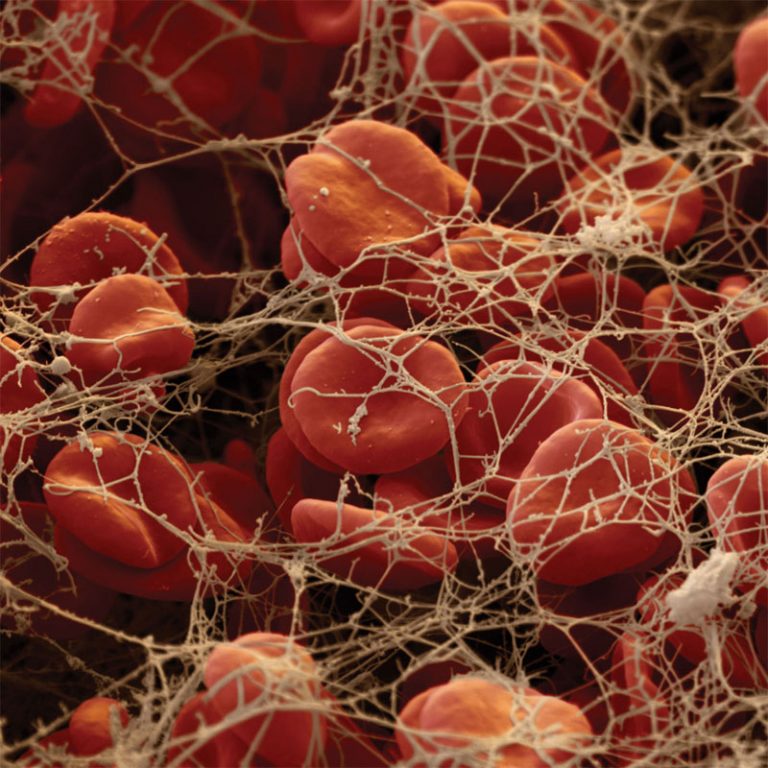Our bodies are constantly at war, fending off pathogens at the microscopic level. The innate immune system is our body's first line of defense in this never ending battle. It is non-specific and fights anything that tries to invade. Let's dive in deeper!⬇️(1/6) 

If a pathogen breaches physical barriers like skin or mucus, our Complement System comes into play. It identifies, tags, and even perforates pathogens! Tagged pathogens attract macrophages to engulf and destroy them. Complement helps distinguish self from non-self.⬇️(2/6) twitter.com/i/web/status/1…
Another weapon in our arsenal is defensins, tiny peptides (short strings of amino acids) that imbed themselves in the membranes of bacteria and viruses, causing damage.⬇️(3/6) 

Yet another tool are Toll-Like Receptors (TLRs) on macrophages. These recognize certain proteins released from bacteria, which begins the body's inflammation response through release of cytokines. This also raises the alarm to recruit help!⬇️(4/6) 



Now that the alarm has been raised, more macrophages and neutrophils arrive and get to work, gobbling up the invading pathogens, and exposing them to digestive enzymes. Meanwhile, this induces yet more cytokine release and more inflammation.⬇️(5/6)
Remember, innate immunity is always on duty, providing rapid responses to infections. But it's just part of our immune system. There's also the adaptive immunity, which is more precise and learns from past encounters. That will be covered in another thread though.(6/6)
📸The Immune System, Peter Parham, Fourth Edition, Garland Science
📸bio-rad-antibodies.com/inflammation-a…
📸imgur.com/gallery/2rF7gd7
📸j.gifs.com/m2Vabq.gif
#Science #Biology #education
📸bio-rad-antibodies.com/inflammation-a…
📸imgur.com/gallery/2rF7gd7
📸j.gifs.com/m2Vabq.gif
#Science #Biology #education
There is more that wasn't covered, such as natural killer cells and the coagulation system, but I felt like the above grasped the major concepts. Do let me know what you think!
• • •
Missing some Tweet in this thread? You can try to
force a refresh

 Read on Twitter
Read on Twitter










